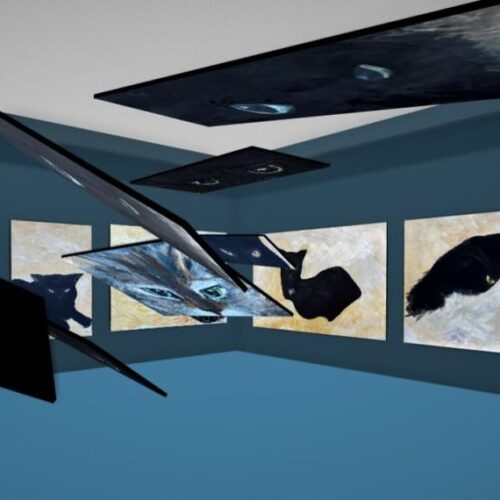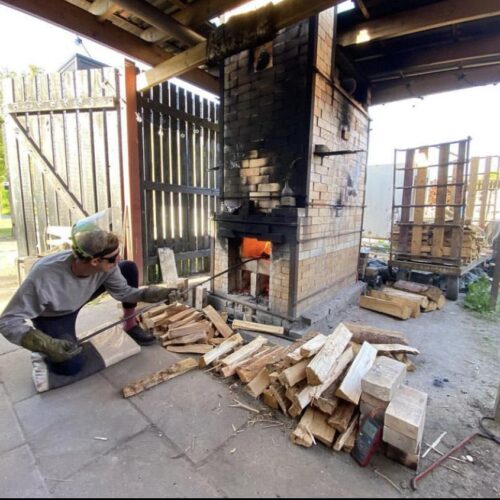
Study tips 2: Organisation
Leading on from our last article on study tips, we tackle the next item in our mini-series: organisation and preparation.
In the previous article students highlighted the importance of being part of a community and utilising that spirit, to keep going, and the benefits of a shared collective.
When dealing with creative studies such as the arts, it is sometimes assumed that freedom is best to foster a creative environment. But what if the opposite was true? Lots of you seemed to think so:
“Break your projects and assignments into bitesize chunks. Keep your momentum on the course by constantly ticking things off, plus assignments don’t seem too big to deal with.”
“Eat the elephant one bite at a time – small bits of time at a project add up and soon enough you have more done than you thought.”
“Develop a system or routine to devote study time each week”
“Breakdown each assignment week by week with specific tasks; even if you do end up missing a week you can see what has been missed which makes things easier to catch up.”
“Build in revision time to your timetable to allow for reflection or to change things if you are not entirely happy.”
“Work when is best for you. If you’re a morning person, don’t try and force work at 12 at night or vice versa.”
A schedule or framework that you set for yourself can provide the structure needed to bring out creativity.
A number of studies (Jermier, Knights & Nord, 1994; Jones, 2001) have identified that the uncertainty around creative projects, particularly the fear of failure, cause individuals to resist change and inhibit innovation (George 2007, Woodman et al. 1993).
In their 1999 book, “Handbook of Creativity”, R.J. Sternberg notes that perceived creativity is often based in compositions of others, becoming evolution rather than revolution.
And lastly, in their 2006 paper, Hargadon and Elsbach discuss how creating a workday framework incorporating specific tasks both complex, and low cognitive difficulty, can help support and promote creativity at work.
The principal thing to remember is to find what works for you, and if you have any comments of your own practice you’d like to make, feel free to comment below.
Bibliography
- Elsbach, K.D., & Hargadon, A.B. 2006. Enhancing creativity through “mindless” work: a framework of workday design. Organ. Sci. 17: 470-483
- George, J.M. 2007. Creativity in Organisations. Academy of Management Annals, 1: 439-477
- Jermier, J.M., Knights, D., & Nord, W.R. (Eds.). 1994 Resistance and power in organisations. London: Routledge.
- Jones, G.R. 2001. Organizational theory: Text and cases. New York: Addison-Wesley.
- Sternberg, R.J. 1999. Handbook of Creativity. Cambridge University Press.
- Woodman, R.W., Sawyer, J.E., & Griffin, R.W. 1993. Toward a theory of organizational creativity. Academy of Management Review, 18: 293-332.





